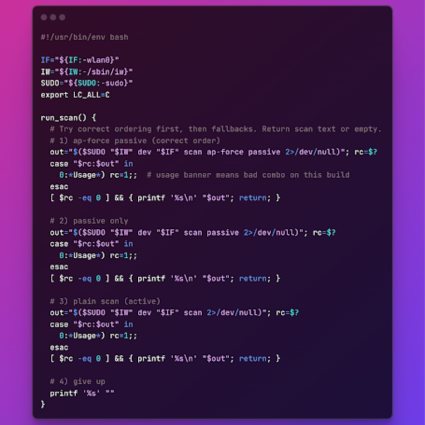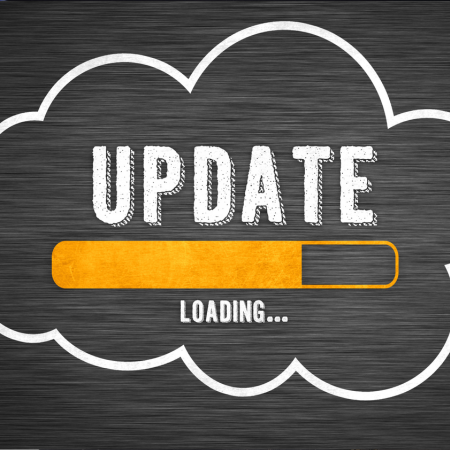Networking Field Day 28
On May 5, the NetBeez co-founders and I returned to Networking Field Day (#NFD28). Seven years have passed since our very first appearance, and product launch, at Networking Field Day 9 in 2015. During these last seven years, so much has changed in the world we live in, including enterprise networks. Enterprise networks are changing because our work habits are different. First of all, we can work from anywhere there’s an Internet connection.
The team at NetBeez are great believers in the ‘Work From Anywhere’ revolution. As reflected in our product roadmap, our goal is to provide one of the most advanced solutions to support remote and distributed workforces. After all, ‘remote’ and ‘distributed’ are two adjectives that defined NetBeez from day 0. It’s just that now, things are even more distributed and remote than we all expected.
The NetBeez NFD28 Sessions
In the first session of our NFD28 appearance, I reviewed the progress of our product roadmap, starting from early 2021. In the last releases, we focused on key functionalities that help reduce the time to resolution, such as jitter and MOS estimate, Wi-Fi metrics for endpoints, and path analysis. As stated in the presentation, for the future, we’ll continue prioritizing features that enable help desk agents to offer the same level of support as network engineers. Check out what’s coming next in this video …
The mic then goes to Panos …
In this video, Panos provides a simple step-by-step guide that network infrastructure and operations teams can follow to easily pinpoint the root causes of remote users’ complaints. In fact, many IT organizations are still not equipped to efficiently support a distributed workforce. Support teams are still relying on outdated guidelines that were developed pre-pandemic, when users were working in office. Legacy solutions that rely on a managed network environment are now ineffective due to a hybrid environment that includes more cloud and Internet networks. As a result, IT is driving blind.
In his presentation Panos also includes a simple flowchart that can be followed by Level 1 support to provide the same support as a network engineer. Watch the video if you don’t believe me:
Last but not least, our CTO Panickos takes over.
In previous NFD sessions, he talked about the different ways IT teams can use the NetBeez APIs to build custom dashboards, integrations and build analytics pipelines… In this session, he reviews specific API endpoints to provide a mapping with actual dashboard components. At the end Panickos shares a real story of a customer that built an internal employee dashboard that reports the worst performers along with the root cause of their performance issues. Something that could be also used as self help before contacting the help desk.
Lastly, the goal of this API session is also to spark the conversation around developing more use cases for network automation. We think that feeding active network performance metrics collected by the NetBeez agents to network automation tools can drive real-time decisions on configuration changes. This can ultimately deliver the promise of a multi-vendor, closed feedback loop.
Conclusion
Since founding NetBeez in 2013, we’ve wanted to build a network performance monitoring solution to help other network engineers, like us, cut down troubleshooting time in large and distributed enterprise networks. Today, we see that IT operations teams have to support a much more distributed workforce and this is driving more ticket escalations to higher support levels.
NetBeez’s mission is to empower the help desk teams to quickly address end-user experience issues that remote users are experiencing, reducing the need for skilled network engineers to troubleshoot and find the root causes.





